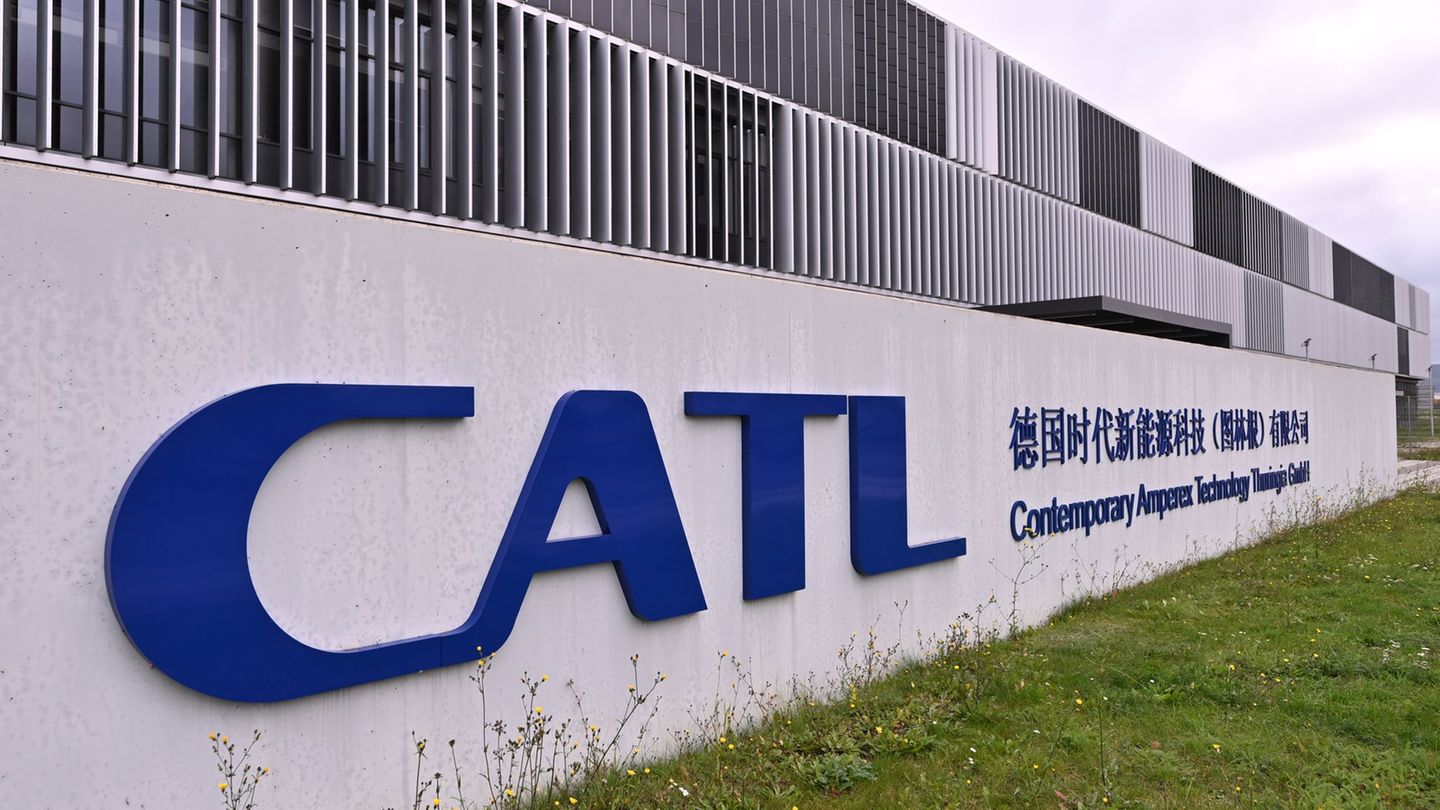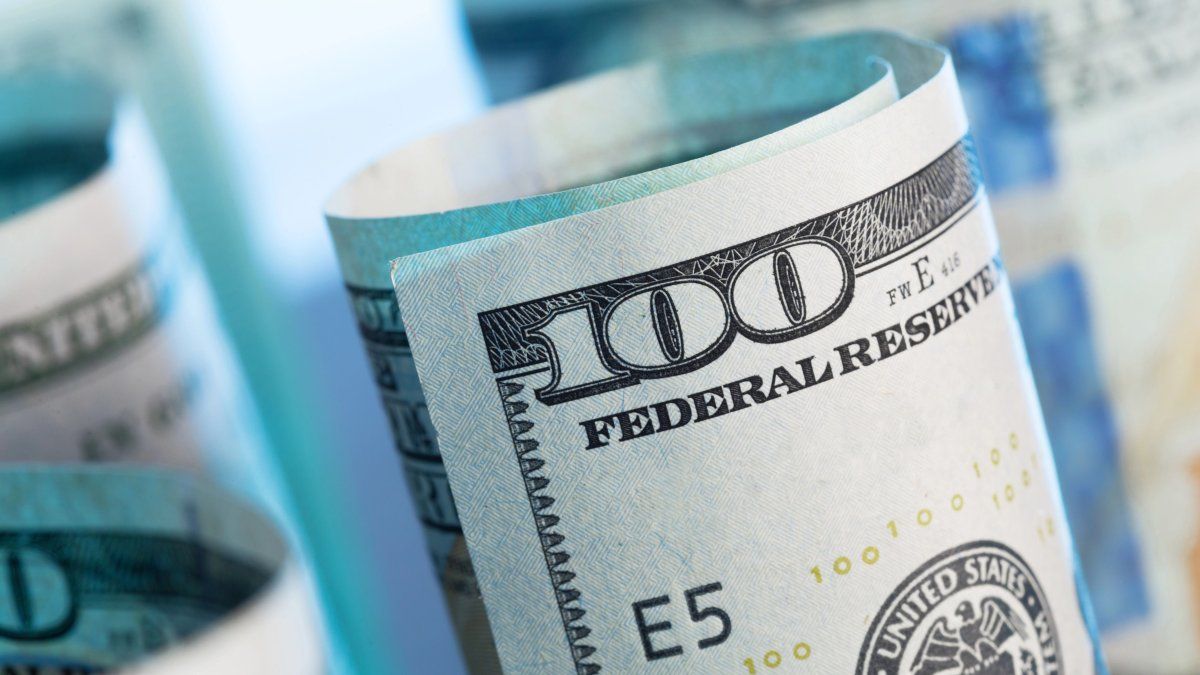A recurring doubt among investors is whether it is mandatory to transfer regularized funds to a Special Account for Asset Regularization (CERA) is only recommended if you are looking to access additional benefits. It turns out that the Asset Regularization Regime (money laundering) established by Law 27,743 offers taxpayers the option of declaring assets without the obligation to transfer them to a special account. However, choosing to execute this transfer could have some tax benefits. In this context, experts recommend the best portfolios and assets to invest the funds.
According to the regulations, the regularized amounts can be kept in a bank abroad, provided that the following conditions are met: Obligations to externalize and regularize assetsHowever, those who choose to transfer their funds to a CERA or a Special Brokerage Account for money laundering will have those amounts excluded from the calculation base of the Special Regularization Tax, as established in article 32 of the law.
This tax benefit translates in the 5% retention savings applicable to regularized fundsprovided that certain deadlines and conditions are met. It is worth remembering that in the case of amounts up to US$100,000, the funds must remain in the CERA until September 30, 2024, while amounts above that value must be kept until December 31, 2025.
Once these deadlines have been met, Funds may be withdrawn without any restrictionsprovided that they have been used for the purposes permitted by law, such as investments, or transfers to other special accounts. It is worth mentioning that those who choose No transfer to a CERA will be taxed according to the general excise tax rules, which may entail additional tax costs.
The decision to transfer or not ultimately depends on the fiscal strategy of each taxpayer and their willingness to take advantage of the tax incentives offered by law.
Laundering of foreign accounts and investments
So, using a WAX It is not mandatory for taxpayers who wish to launder accounts abroad. “Money abroad does not have the September 30 limit unless you bring it to Argentina. If you leave it abroad, assets abroad are externalized,” he explains. Federico BoeroWealth Management Manager at Adcap Financial Group.
Regarding accounts abroad, Boero explains that those with a balance of less than US$100,000 that are regularized are not subject to the 5% fine, since they do not receive the same treatment as cash in the country. “Regardless of the stage at which they are regularized, if the balance is less than US$100,000, this fine will not be applied,” he says.
However, it clarifies that the laundered assets will be considered until December 31, 2023. And, consequently, the statement corresponding to that date must be submitted for regularization. This means that The investments that can be made when regularizing an account abroad or when transferring to a CERA are the same.
Adcap.jpeg
From the Adcap brokerage firm, they suggest that, as this money laundering is focused on small investors and the strengthening of reservesthe natural thing would be for a good part of the almost all of them to return to the financial system US$14 billion in deposits from the private sector who left after the 2019 PASO.
And they add that, “given the more conservative nature of this type of investor, who preferred to give up interest rates to stay out of the reach of the State (not only for the fiscal aspect but also for other risks such as reprofiling and corralito), we expect that natural behavior will be directed to more conservative assets and less exposed to the ups and downs of politics such as Negotiable Bonds that yield around 8% yield.
What can you invest in for money laundering?
In this context, the ON of YPF expires in 2025 and “it seems to indicate that the company is using its current cash because it believes that, in October, it will be able to access a demand for ONs, which until now was not available and it is willing to finance it at lower rates.” Likewise, Adcap reminds that the funds from the money laundering can be invested in the following instruments:
- public securities: issued by the national, provincial, municipal and/or CABA State
- certificates of participation: trusts for productive investment, real estate, infrastructure and SME financing
- mutual fund shares open and closed
- actions placed by public offering
- negotiable obligations
- deferred payment checks
- stock notes
- public securities/securities in risk funds of mutual guarantee companies.
- onerous operations: real estate projects started after July 8, 2024 or that, as of that date, have a degree of progress of less than 50%
- vehicles that meet the conditions proposed by the resolution.
- contracts for the leasing of works or similar.
Finally, the city broker recommends an investment portfolio according to the profile of each investor. “so as not to pay 5% if we have more than US$100,000“.
WhatsApp Image 2024-09-11 at 8.39.23 AM.jpeg

Adcap recommended portfolio for laundered funds.
For those seeking higher returns by assuming greater risk, there are bonds such as the GD35, which offers a yield in dollars close to 17.5%, or the CER-adjustable Treasury Bond maturing in 2024 (T4X4), which are an ideal option to gain in the short term against inflation.
Source: Ambito
I am an author and journalist who has worked in the entertainment industry for over a decade. I currently work as a news editor at a major news website, and my focus is on covering the latest trends in entertainment. I also write occasional pieces for other outlets, and have authored two books about the entertainment industry.




